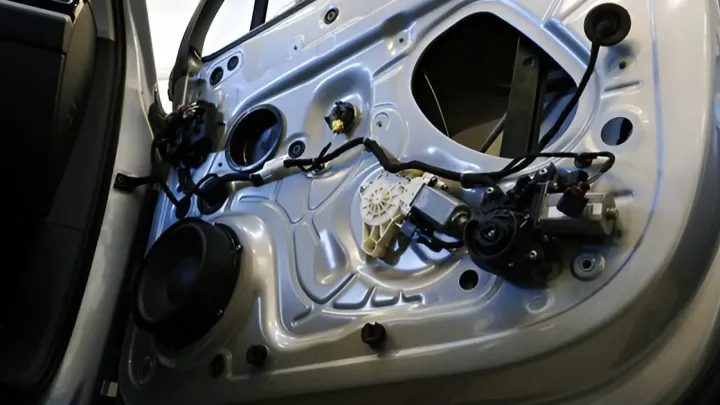
Your car window motor might be bad if your windows move slowly or not at all. A strange noise during operation can also indicate a failing motor.
Experiencing trouble with your car windows can be both inconvenient and indicative of a larger issue. Signs of a faulty window motor include unresponsive or sluggish window movement and unusual sounds when attempting to open or close the windows. Drivers may also notice that the window moves in a jerky fashion, or it may stop functioning entirely.
Regular maintenance checks can preempt these problems, but once they occur, a prompt inspection is crucial. Ignoring these warning signs can lead to further damage and potentially more expensive repairs. With the right attention and swift action, you can ensure your vehicle's window motors remain in good working order, keeping your ride comfortable and secure.
Introduction To Car Window Motors
Imagine a smooth ride with a breeze flowing through your car. This comfort often relies on well-functioning car window motors. These small devices play a vital role. When they fail, convenience and safety are at stake. Recognizing a bad window motor is crucial for timely repairs.
The Role Of Window Motor
Car window motors are the unseen heroes behind your vehicle's power windows.
They allow drivers and passengers to control window movement effortlessly.
Without these motors, adjusting windows manually would be the only option.
This is both inconvenient and distracting while driving.
Common Types And Their Functions
Window motors come in various types, each serving the same fundamental purpose.
Understanding these types helps in identifying issues.
- Standard Motors: These provide basic up and down functions for the windows.
- Anti-Pinch Motors: They include sensors to prevent injury by auto-reversing when an object is detected.
- Automatic Motors: These allow one-touch operation for quick and easy window adjustment.
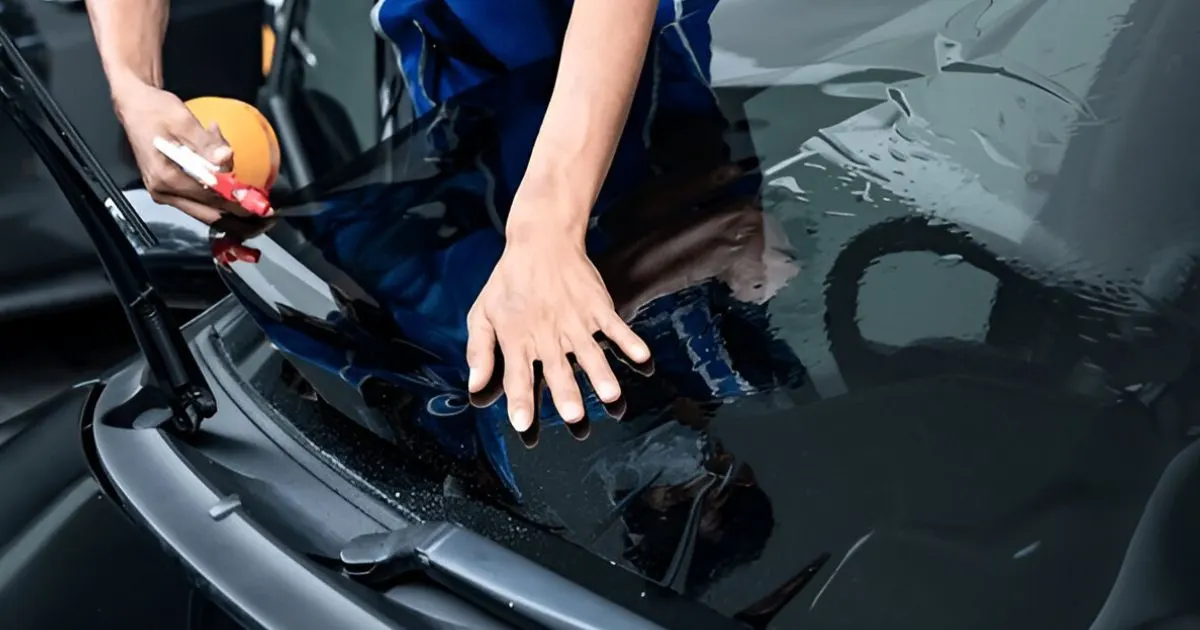 Early Symptoms Of A Failing Window Motor
Early Symptoms Of A Failing Window Motor
Early Symptoms Of A Failing Window Motor
Car windows not working right can be a headache. Spot trouble early with these signs. Your window motor might be calling it quits.
Slower Window Movement
Windows taking their time? This could be a sign. When window motors wear out, they lose strength. Your car's windows will move up and down more slowly. This is often the first clue that something's not right.
Unusual Noises During Operation
Listen for strange sounds when using your windows. A healthy window motor is quiet. Grinding, clicking, or chattering noises suggest trouble. These sounds hint at a motor struggling to work. It could be time to check it out.
| Noise Type | Description | Possible Issue |
| Grinding | A harsh, mechanical sound as the window moves up or down. | Gear wear or damage inside the motor or mechanism. |
| Clicking | Repetitive clicking noises, often when the window fails to move. | Possible electrical fault, or the motor is struggling. |
| Chattering | Rapid, irregular noises, especially when the window is in motion. | Indicates alignment issues or motor weakness. |
| Squeaking or Screeching | High-pitched sounds, especially on window movement. | Dry or misaligned window tracks, may stress the motor. |
Intermittent Function Or Total Failure
Intermittent Function or Total Failure signals issues with your car's window motor. Recognizing the signs early can save you from the inconvenience of a stuck or slow window.
Windows Stuck In One Position
A clear sign of motor trouble is windows that won't move. They should glide up and down smoothly. If not, the motor might be to blame.
Key points to note when windows stay put:
- Check for noises when you try the switch.
- Observe if other windows work well.
- Inspect the fuse as a possible cause.
Inconsistent Window Speed
Windows should open or close at a steady speed. If the speed varies, the motor might be wearing out.
Look out for these signs:
- Slow Movement: The window moves noticeably slower than usual, especially when closing or opening fully.
- Stops and Starts: The window pauses mid-way, then resumes at a different speed.
- Jerky Movement: The window moves in a jerking or uneven manner instead of smoothly gliding.
- Changes in Speed: The window's speed fluctuates randomly during operation, speeding up or slowing down unexpectedly.
- Requires Extra Button Pressure: The window only moves at a normal speed if you press the button harder or repeatedly.
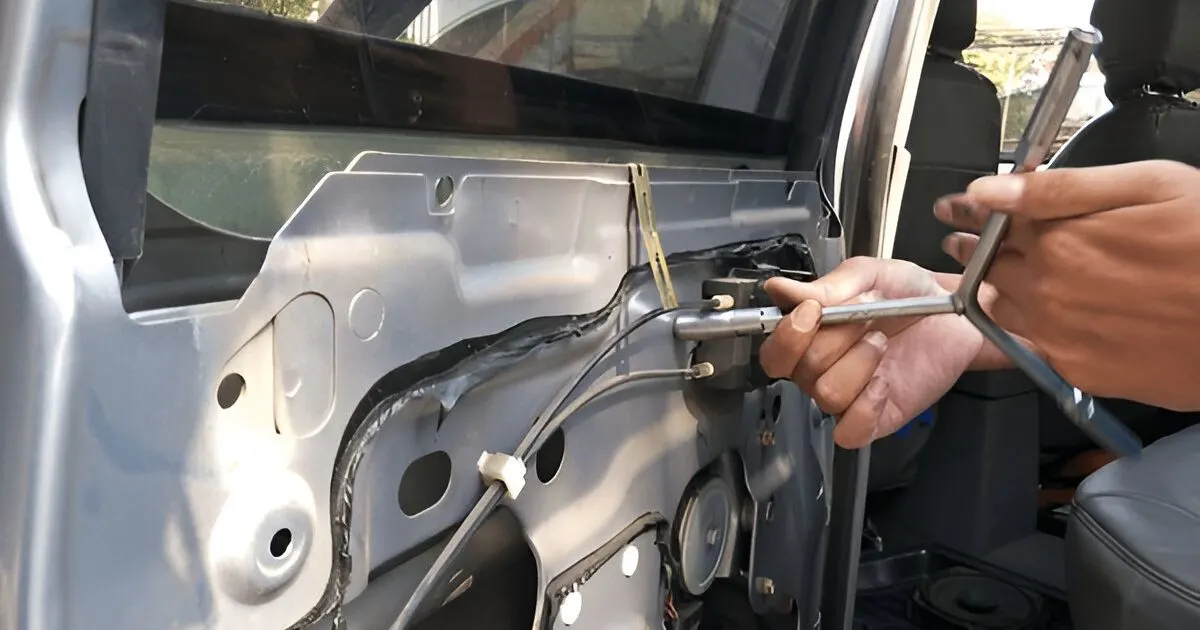 Physical Inspection Tips
Physical Inspection Tips
Physical Inspection Tips
Physical Inspection Tips guide you through assessing your car window motor. A bad motor can be a nuisance. Spotting the signs early saves time and money.
Visible Damage Or Disconnection
Start with a visual check of the window motor. Look for any clear damage. Signs of wear or corrosion are red flags. Check wires leading to the motor. They should be secure and intact.
Look for these:
- Corrosion on Motor Housing: Rust or corrosion on the motor’s surface could mean moisture exposure, potentially damaging internal components.
- Frayed or Exposed Wires: Wires leading to the motor should be fully insulated; any fraying or exposure could cause electrical shorts or malfunction.
- Loose Connections: Wires or connectors should be firmly attached to the motor; loose connections may disrupt power and affect window function.
- Broken or Cracked Components: Any cracks or breakage on the motor housing or mounting points indicate physical damage, likely affecting motor performance.
- Burn Marks or Smell of Burning: Signs of scorching or a burning smell around the motor suggest electrical issues, potentially caused by overheating or short circuits.
Testing Window Motor Connectivity
Testing the motor’s connectivity is a must. Use a multimeter for this test. Set it to the ohms setting and check for continuity. A lack of continuity suggests a bad motor.
Follow these steps:
- Turn off the car’s power.
- Disconnect the motor’s wiring harness.
- Place multimeter probes on the motor terminals.
- Read the multimeter. No reading means a bad motor.
- Prepare the Multimeter: Set the multimeter to the ohms (Ω) setting to measure continuity.
- Disconnect the Window Motor: Ensure the car is off, then disconnect the wiring harness from the window motor to safely test it.
- Test Motor Terminals: Place the multimeter probes on the motor’s terminals. Ensure a solid connection with each terminal.
- Check for Continuity: Observe the multimeter reading. A reading close to zero indicates continuity, meaning the motor circuit is intact. If there’s no reading or it shows “OL” (open line), it indicates a break in the circuit, suggesting a faulty motor.
- Reconnect the Motor: Once testing is complete, reconnect the motor and wiring harness.
Electrical Troubleshooting
Car windows not moving can be frustrating. Electrical troubleshooting is a good start. This checks your car's window motor's health. Simple steps can reveal issues. Let's dive into the process.
Checking The Fuse
Fuses protect car circuits. A blown fuse can stop the window motor. Always check this first. The car's manual shows the fuse location. Replace if needed. Use the correct amperage.
Voltage Tests On The Motor Window Motor
Testing the motor requires a multimeter. Set it to voltage mode. Locate the motor's wiring connector. Ensure the ignition is on. Touch the multimeter probes to the connector terminals. Look for 12 volts or close.
No voltage indicates a broken wire or switch. Full voltage with no window movement means a bad motor. Replace the motor if the voltage is correct but the window doesn't operate.
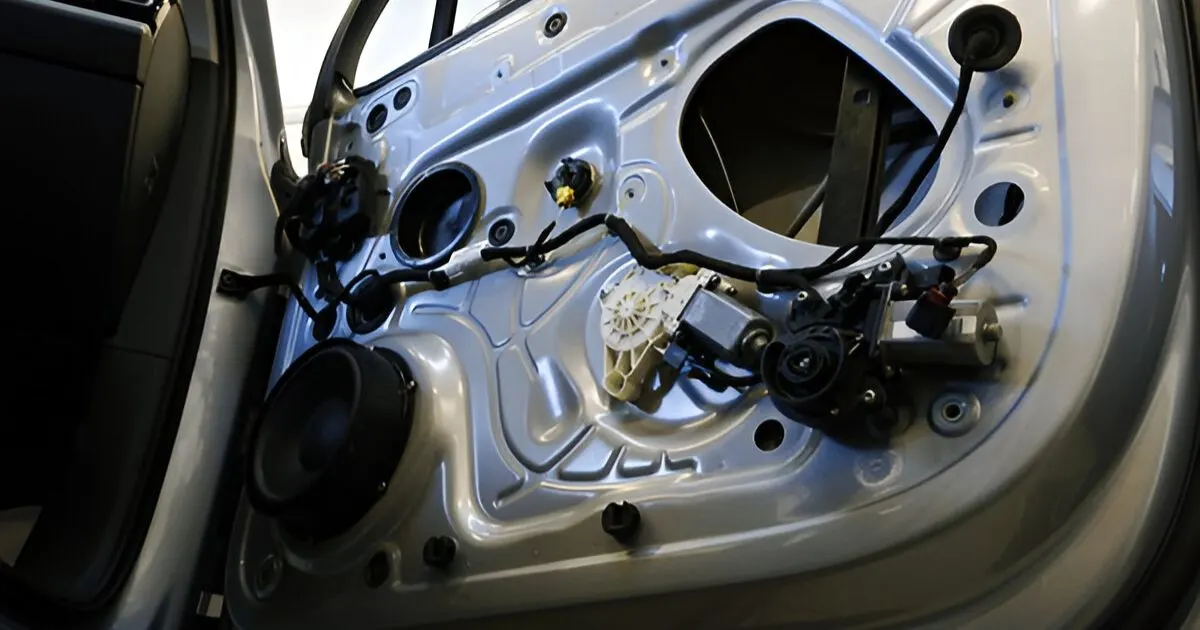 Professional Diagnosis
Professional Diagnosis
Professional Diagnosis
Identifying a faulty car window motor can be tricky. Symptoms like slow-moving windows or strange noises suggest a problem. A professional mechanic can confirm these signs. Let's explore when to seek expert help and what the diagnosis involves.
When To Consult A Mechanic
- Window fails to move: Stuck windows are a clear sign.
- Noises on operation: Grinding sounds indicate motor issues.
- Intermittent function: Windows that work sporadically need checking.
- Button response lag: Delays in window movement suggest motor trouble.
Notice these symptoms? It's time to see a mechanic.
What To Expect During The Assessment on Window Motor
Mechanics perform a series of tests to diagnose window motor problems. Here's what they do:
- Visual inspection: Checks for obvious signs of damage.
- Electrical tests: Ensures power reaches the motor.
- Motor activation: Tests if the motor responds correctly.
- Door panel removal: Inspects internal components.
After these steps, mechanics pinpoint the issue. They provide a detailed report and repair plan.
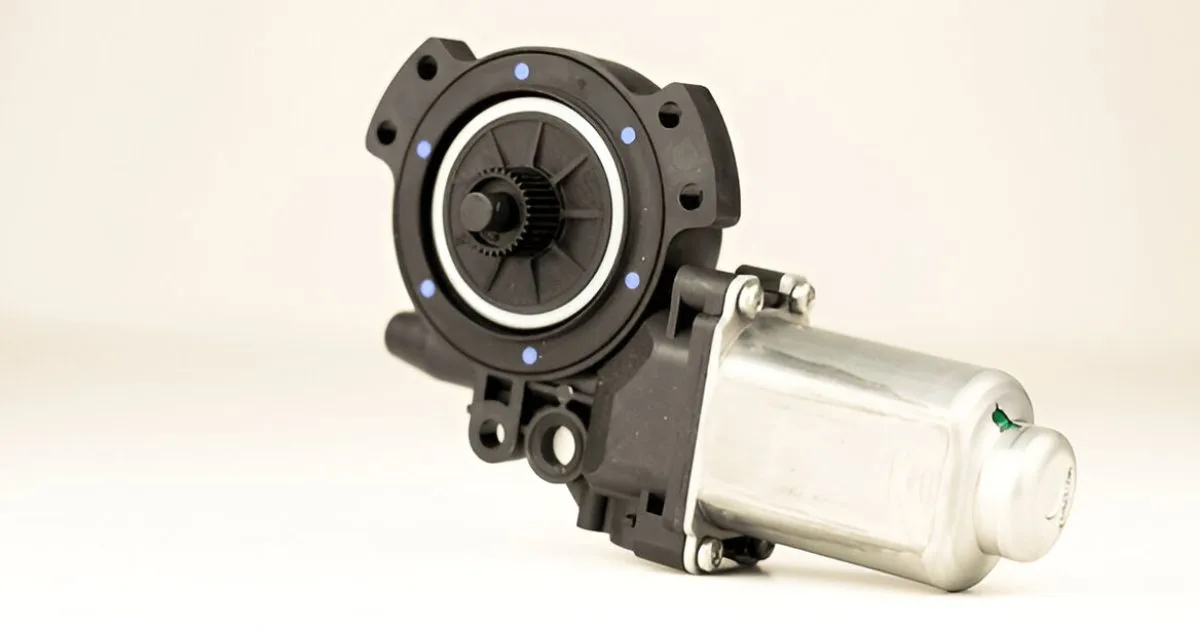 Repair Or Replace? Making The Right Choice Window Motor
Repair Or Replace? Making The Right Choice Window Motor
Repair Or Replace? Making The Right Choice Window Motor
Repair or Replace? Making the Right Choice can puzzle many car owners. A car window motor is vital for the smooth operation of your windows. Knowing whether to repair or replace it is key to maintaining both function and budget. This decision hinges on factors like cost and the longevity of the solution.
Cost Comparison
Understanding the costs involved helps you decide between repair and replacement. Repairs might seem cheaper initially. Yet, they can add up if issues recur. Replacement may offer a fresh start with a new warranty. Here is a quick cost breakdown:
| Option | Immediate Cost | Long-Term Cost |
|---|---|---|
| Repair | Lower | Varies |
| Replace | Higher | Generally Lower |
Long-term Solutions For Window Motor
Choosing a long-term solution is crucial. Consider these points:
- Durability: New motors typically last longer.
- Warranty: Replacements often come with a warranty.
- Value: A new motor can increase car value.
It's important to weigh immediate costs against future savings. Your choice affects your car's performance and value over time.
Preventive Measures And Maintenance Window Motor
Taking care of your car windows is key to avoiding motor issues. Regular maintenance and preventive measures can save you from costly repairs. Let's dive into how you can keep your car window motor in top shape.
Regular Cleaning And Lubrication
Clean windows ensure smooth operation. Dirt and debris can cause friction. This friction can strain the motor. Lubrication reduces this strain. Use a silicone-based lubricant for best results.
- Clean window tracks with a soft cloth.
- Remove any visible debris gently.
- Apply lubricant to the tracks, not directly on the motor.
Routine Checks And Balances
Regular checks help spot issues early. Listen for unusual noises. These noises can signal a problem. Check window speed as well. Slow movement might mean motor trouble.
- Listen for grinding or clicking sounds.
- Notice if windows move slower than usual.
- Have a professional inspect the motor annually.
| Maintenance Task | Frequency |
|---|---|
| Cleaning | Every 3 months |
| Lubrication | Every 6 months |
| Professional Inspection | Annually |
Following these steps will keep your car window motor running smoothly. Preventive measures save time and money. They ensure your car windows work well when you need them.
Related Post
How Do You Unlock a Car Door With Power Locks: Quick Tips
How Much to Replace a Car Door Sensor: Price Guide
How Do You Fix a Car Fuel Tank Door That Won’t Fill: Quick Solutions!
How to Fix Car Door Hinge Squeak Creak: Quick Tips!
How to Fix a Car Inner door handle That Won’t Open: Quick & Easy
How Much Does It Cost to Install Central Locking in a Car: Unlock Savings!
Why Do I Hear Water in My Car Door? Uncover the Mystery!
How Do You Know If Your Car Door Latch is Broken? Quick Fixes!
Conclusion
Recognizing a faulty car window motor is crucial for timely repairs. Symptoms like slow movement, strange noises, or total failure indicate issues. Regular checks and prompt action ensure your vehicle's windows function smoothly, maintaining comfort and safety on the road. Remember, addressing problems early can save time and money down the line.
Disclosure
Some links may be affiliate links. That means we may earn a small commission at no extra cost to you.